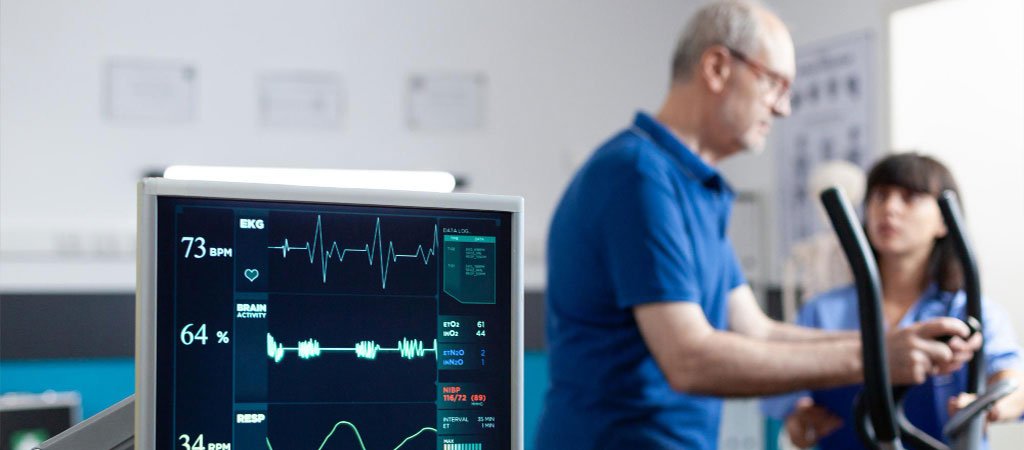+91-9211592116
Call Support
1&2, Moti Ram Road, Ram Nagar
Shahdara, Delhi-110032
goodlifehealthcareorg@gmail.com
E-Mail Support
Call & Book Lab Visit
+91-9560428585/9560248585
Call Support
Shahdara, Delhi-110032
E-Mail Support
+91-9560428585/9560248585

A Holter monitor is a portable, continuous recording device that tracks electrical activity in the heart, much like an extended electrocardiogram (ECG or EKG). The purpose of the Holter monitor is to record heart rhythms over a prolonged period, typically 24-48 hours, although some may be worn for up to 7 days. This extended monitoring can capture irregular heartbeats or arrhythmias that might not appear in a short, standard ECG performed in a clinic.
Electromyography (EMG) is a diagnostic procedure that assesses the health of muscles and the nerve cells that control them, known as motor neurons. EMG measures the electrical activity of muscles both at rest and during contraction. This helps determine whether muscle weakness or pain is due to a muscle issue or a nerve disorder.